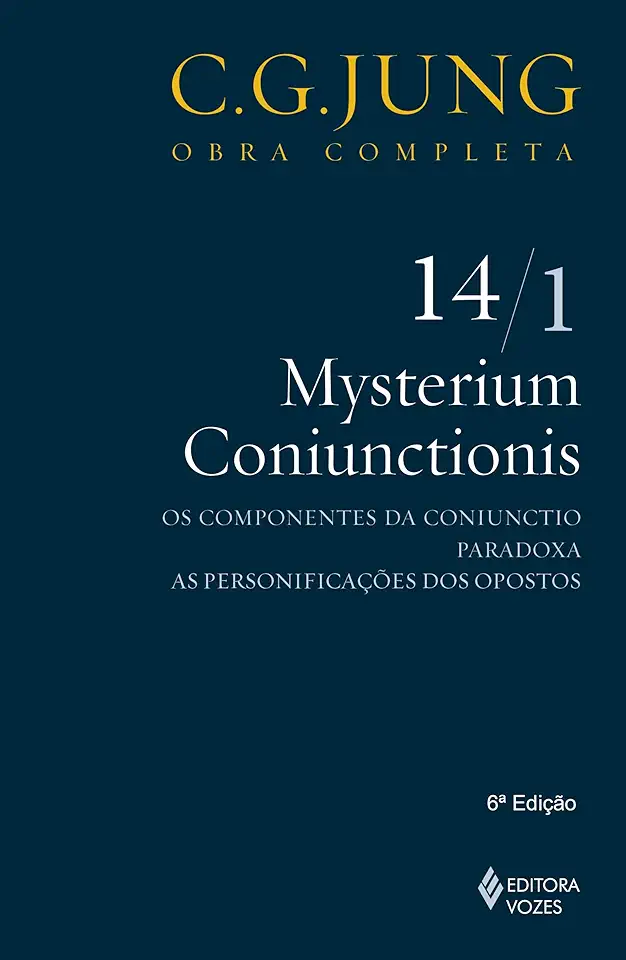
Mysterium Coniunctionis - C. G. Jung
Mysterium Coniunctionis: An In-Depth Exploration of the Union of Opposites
In his seminal work, Mysterium Coniunctionis, C. G. Jung delves into the profound concept of the union of opposites, a fundamental principle that lies at the heart of human psychology and the cosmos itself. Through a comprehensive analysis of alchemical symbolism, religious imagery, and mythological narratives, Jung unveils the intricate interplay of opposing forces that shape our inner and outer worlds.
The Alchemy of the Soul
Jung draws parallels between the ancient art of alchemy and the process of psychological transformation. Just as alchemists sought to transmute base metals into gold, Jung suggests that individuals can undergo a similar process of inner transformation by integrating their conscious and unconscious minds. This process, known as individuation, involves embracing and reconciling the opposing forces within oneself, leading to a state of wholeness and self-realization.
The Symbolism of Opposites
Jung explores a vast array of symbols that represent the union of opposites, including the ouroboros (a serpent biting its own tail), the mandala (a circular symbol representing wholeness), and the hermaphrodite (a figure combining both male and female characteristics). These symbols, found across cultures and throughout history, point to the inherent duality of existence and the need to find balance and harmony between opposing forces.
The Psychology of Religion
Jung examines the role of religion in symbolizing and expressing the union of opposites. He argues that religious myths and rituals provide a framework for understanding and integrating the conflicting aspects of human nature. By exploring the symbolism of various religious traditions, Jung sheds light on the universal human quest for meaning and transcendence.
The Individuation Process
The central theme of Mysterium Coniunctionis is the individuation process, the journey of self-discovery and integration that leads to psychological wholeness. Jung emphasizes the importance of confronting and accepting the shadow, the dark side of the personality, as a crucial step in this process. Through dreams, active imagination, and other introspective techniques, individuals can access the unconscious and bring its contents into conscious awareness, leading to a deeper understanding of themselves and the world around them.
A Profound Exploration of Human Nature
Mysterium Coniunctionis is a profound and thought-provoking exploration of human nature and the quest for wholeness. Jung's insights into the union of opposites offer a unique perspective on psychology, religion, and the human condition. This seminal work is a must-read for anyone interested in depth psychology, personal growth, and the mysteries of the human soul.
Why You Should Read Mysterium Coniunctionis
- Gain a deeper understanding of the human psyche and the process of psychological transformation.
- Explore the symbolism of opposites and its significance in understanding the world around us.
- Discover the role of religion in symbolizing and expressing the union of opposites.
- Learn about the individuation process and how to embark on your own journey of self-discovery.
- Be inspired by Jung's profound insights into human nature and the quest for wholeness.
Mysterium Coniunctionis is a timeless classic that continues to captivate readers with its depth, wisdom, and relevance to our lives. Embark on this extraordinary journey of self-discovery and gain a deeper understanding of the mysteries of the human soul.